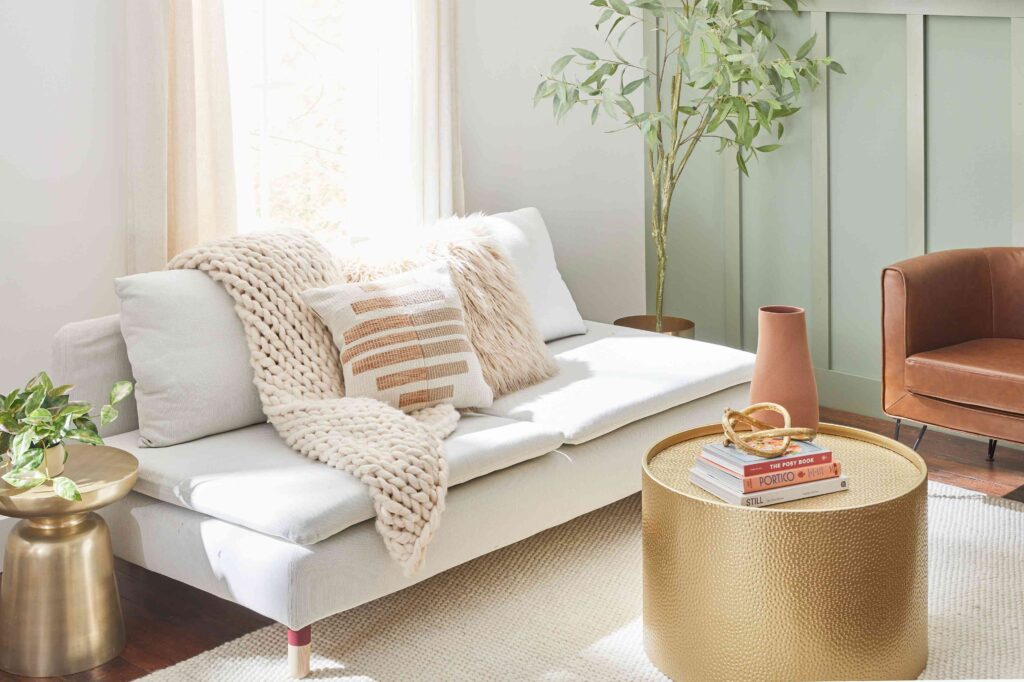Welcoming natural light into your home not only illuminates your living spaces but also brings a host of benefits, from enhancing your mood to reducing electricity costs. This article explores various strategies for improving natural lighting in your home, with a special focus on the role of aluminum sliding doors. Whether you’re renovating your home or simply looking for ways to make your living space brighter and more inviting, these tips will help you harness the power of natural light.
Understanding Natural Light and Its Benefits
Sunlight is a key element in creating a healthy and vibrant living environment. Natural light can improve mood, increase productivity, and reduce the need for artificial lighting, which in turn cuts down on energy bills. Plus, well-lit spaces often appear larger and more welcoming. Understanding the dynamics of natural light can help you make informed decisions about how to best utilize it in your home. It’s not just about the quantity of light but also its quality and the way it interacts with your living space.
Maximizing Window Design
One of the most effective ways to increase natural lighting is through thoughtful window design. Large windows, especially those facing south, can significantly increase the amount of sunlight entering a room. Installing windows with low-emissivity (low-E) glass allows natural light in while keeping heat out during summer and in during winter. These windows not only enhance the brightness but also help in maintaining a comfortable temperature, making your home energy efficient.
The Role of Aluminum Sliding Doors
Aluminum sliding doors offer a stylish and practical solution for bringing more natural light into your home. These doors are not only sleek and modern but also highly functional. They provide large glass panels that maximize daylight, offering an unobstructed view of the outdoors. Furthermore, aluminum is a durable and low-maintenance material, making these doors a long-lasting, cost-effective choice. Their ability to blend indoor and outdoor spaces seamlessly makes them an ideal choice for those looking to brighten their homes with natural light.
Color Palettes and Reflective Surfaces
The color scheme of your room can significantly impact how light is perceived. Lighter colors and pastels reflect natural light, making a room feel brighter and more open. Consider painting walls and ceilings in light shades to enhance this effect. Incorporating reflective surfaces like mirrors can also amplify the effect of natural lighting, effectively brightening up darker corners of a room. These elements, when combined, can transform the ambiance of your space.
Strategic Use of Curtains and Blinds
While it’s important to let in as much natural light as possible, controlling this light is equally vital. Light-colored curtains and blinds allow sunlight to filter through while reducing glare. They also offer the flexibility to adjust the amount of light based on the time of day or the season. This control is essential in managing heat and protecting your interiors from UV damage, while still enjoying the benefits of natural light.

Innovative Lighting Techniques
Beyond architectural elements like windows and sliding doors, there are innovative ways to enhance natural lighting in your home. This section explores creative techniques to maximize daylight:
- Skylights and Light Tubes: Installing skylights or light tubes can dramatically change the ambiance of a room, especially in areas where traditional windows are not an option. These features channel sunlight directly from the roof, brightening central areas like hallways and staircases. Skylights, in particular, can transform dark spaces into well-lit rooms, enhancing both aesthetics and functionality.
- Intelligent Furniture Placement: The way that furniture is arranged in a room can have a significant impact on the distribution of natural light. Positioning large pieces away from windows and choosing furniture with a low profile can help avoid obstructing light. Glass or mirrored furniture can also subtly contribute to the reflection and diffusion of light throughout the space.
- Landscaping for Light: The outdoor environment directly influences the amount of natural light entering your home. Thoughtful landscaping can significantly enhance this aspect. Planting deciduous trees near south-facing windows, for example, provides shade during summer while allowing more light in winter when leaves fall. Additionally, positioning reflective water features or light-colored pavements outside can subtly increase natural light indoors.
Energy Efficiency and Sustainability
Improving natural lighting is not just about aesthetics; it’s also about energy efficiency. By maximizing the use of natural light, you can significantly reduce the reliance on artificial lighting, which, in turn, lowers energy consumption and utility bills. This approach is not only cost-effective but also environmentally friendly. It’s a step towards sustainable living, where natural resources are utilized efficiently.
Balancing Privacy and Light
While large windows and sliding doors are excellent for natural lighting, they can pose challenges to privacy. Frosted or tinted glass can be a solution, allowing light to enter while obscuring the view from the outside. Alternatively, adjustable window treatments provide flexibility, offering privacy without compromising on light. This balance is crucial in creating a comfortable and secure home environment.
Conclusion
Enhancing natural lighting in your home involves a combination of design choices and practical solutions. From maximizing the use of aluminum sliding doors to selecting the right color palette, each decision plays a crucial role in creating a bright, energy-efficient, and welcoming space. By adopting these strategies, you can transform your home into a haven of natural light.
Pat Baker is a lover of natural lighting, a DIY fiend, and a writer for window and door companies in the Philadelphia area.






